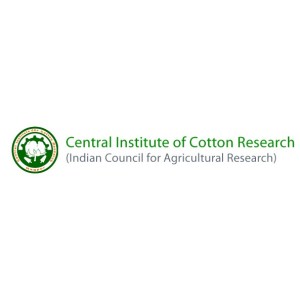India: Accidental New Variety Boasts Highest Recorded Boll Size

Normal
0
false
false
false
EN-US
X-NONE
X-NONE
/* Style Definitions */
table.MsoNormalTable
{mso-style-name:”Table Normal”;
mso-tstyle-rowband-size:0;
mso-tstyle-colband-size:0;
mso-style-noshow:yes;
mso-style-priority:99;
mso-style-parent:””;
mso-padding-alt:0in 5.4pt 0in 5.4pt;
mso-para-margin-top:0in;
mso-para-margin-right:0in;
mso-para-margin-bottom:10.0pt;
mso-para-margin-left:0in;
line-height:115%;
mso-pagination:widow-orphan;
font-size:11.0pt;
font-family:”Calibri”,”sans-serif”;
mso-ascii-font-family:Calibri;
mso-ascii-theme-font:minor-latin;
mso-hansi-font-family:Calibri;
mso-hansi-theme-font:minor-latin;
mso-bidi-font-family:”Times New Roman”;
mso-bidi-theme-font:minor-bidi;}
Although the Central Institute for Cotton Research (CICR) admits that it could take another 2 to 3 years before the variety is released, The Times of India reports that the discovery could “revolutionize cotton farming.”
Keshav Kranthi, the CICR director who shared the results of the four-year project, says, “This appears to be an extremely promising experiment in cotton as it may increase output by 1.5 times per boll. At present, the maximum known boll weight in any public sector variety is 5.8 gm. However, the boll weight of the genetic stock developed by CICR scientists ranges from 5.9 to 7.9 grams. I was amazed to see such a huge boll weighing nearly 8 gm.”
P K Chakrabarty, a principal biotechnology scientist and head of crop development at CICR, explains the happy accident, saying that his intention going into the experiment was to develop a resistance to bacterial blight, a common North Indian leaf disease. To do this, Chakrabarty crossed Acala 44-B1 with Ganganagar ageti to get an F1 generation plant.
The hybrid plants produced from the cross had extraordinarily large boll sizes, excellent opening of the cotton bolls and non-spreading, and sturdy stems- characteristics that were not visible in either of the parents.
Upon discovering these things, Chakrabarty states that he abandoned his previous study and began covering the flowers and bolls to prevent cross pollination and improve the characteristics he had stumbled upon.
“Luckily, after four years of repeating this experiment, I could stabilize these qualities in my F4 generation. I am sure by 2014 I will have a new variety ready in the F6 generation,” Chakrabarty said.
Chakrabarty says that once field studies begin, he expects a 2- to 3-folds jump to 2,500 to 3,000 per hectare. Also other parameters like fiber strength and length will be studied in the coming years.
“I am really excited. I am waiting for the day CICR will release the variety. When this happens it will be the first such public sector variety in the country. At present there are just one or two varieties in the private sector that claim to have a boll weight of 6 to 6.5 grams,” said Kranthi.
Normal
0
false
false
false
EN-US
X-NONE
X-NONE
/* Style Definitions */
table.MsoNormalTable
{mso-style-name:”Table Normal”;
mso-tstyle-rowband-size:0;
mso-tstyle-colband-size:0;
mso-style-noshow:yes;
mso-style-priority:99;
mso-style-parent:””;
mso-padding-alt:0in 5.4pt 0in 5.4pt;
mso-para-margin-top:0in;
mso-para-margin-right:0in;
mso-para-margin-bottom:10.0pt;
mso-para-margin-left:0in;
line-height:115%;
mso-pagination:widow-orphan;
font-size:11.0pt;
font-family:”Calibri”,”sans-serif”;
mso-ascii-font-family:Calibri;
mso-ascii-theme-font:minor-latin;
mso-hansi-font-family:Calibri;
mso-hansi-theme-font:minor-latin;
mso-bidi-font-family:”Times New Roman”;
mso-bidi-theme-font:minor-bidi;}








